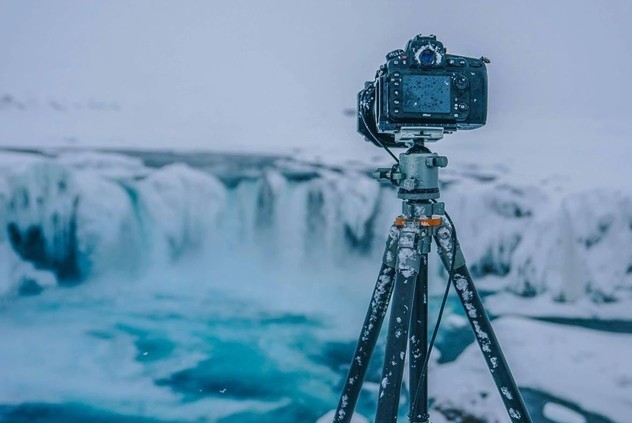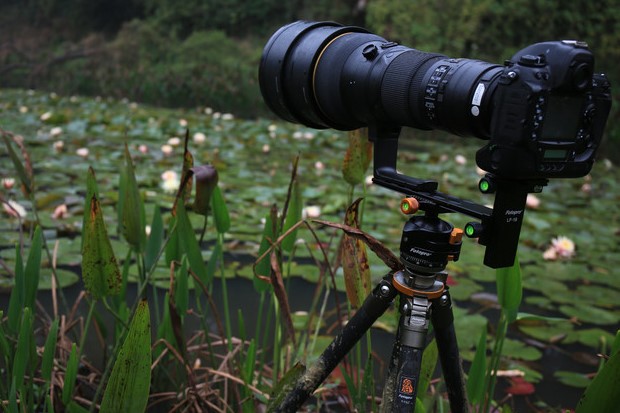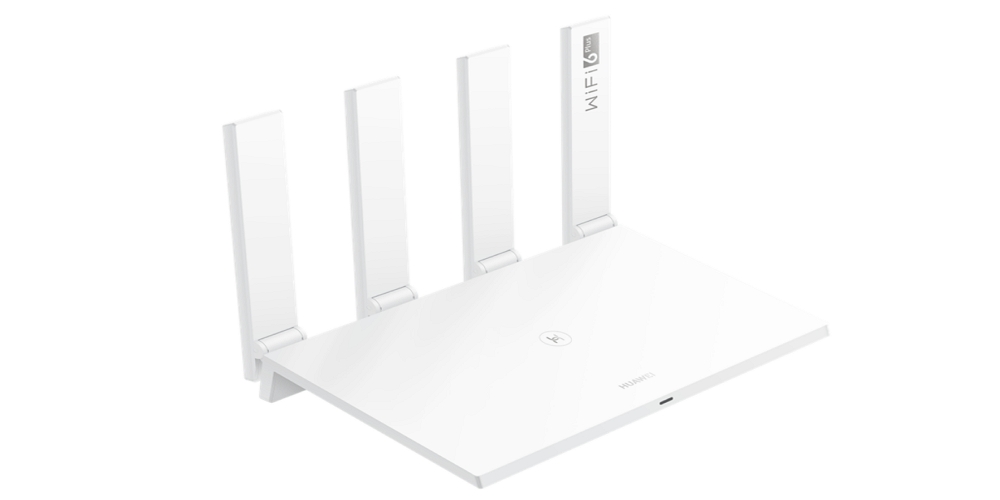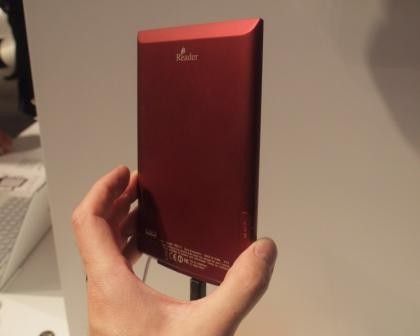How to Choose a Suitable Entry Tripod
A tripod is an important photographic accessory. Due to the variety of categories and different needs, it is also difficult to recommend and choose a category of products. There are many common brands on the market. So how do you choose a tripod that suits you?

The first step in choosing a tripod is to determine the size of the tripod you need based on your own photographic equipment after determining your budget. Portability and stability are always contradictory. What we have to do is to find the best balance between the two. Also consider future upgrades. If you plan to add a larger lens or body in the future, you should leave a margin in the weight when choosing a tripod.

The two most critical indicators of the tripod size are the folded height of the tripod and the height of the central axis without lifting. The former determines the carrying of the tripod. The latter determines the use of the tripod. For the tripod, it is the most stable when the bottom bracket is not raised. In order to obtain the most stable effect, try not to raise the bottom bracket. So, when choosing a tripod, be careful not to raise the height of the central axis. This is the most commonly used height.
The function of the tripod should be selected according to the needs of use. If there is a need for portability, you can choose a reflexed leg tube. If there is a need for a monopod, you can choose the leg tube to become a monopod. If you need a tricky composition, you can choose the horizontal axis. For frequent use in the land, you can choose to change the spikes. Using heavy equipment, the bottom bracket is useful. It can be used smoothly if it meets your own needs.
The metal parts (mainly the tripod body) were originally stainless steel, but now they have become light alloys. There are mainly two kinds of aluminum alloy and magnesium alloy. Magnesium alloy is lighter and stronger than aluminum alloy. The cost is also higher. But the price is not necessarily higher than aluminum alloy. Be careful when choosing.
The surface treatment of metals needs attention. It is best to choose products with oxidation treatment on the surface of metal parts. The oxidized surface is more wear-resistant and corrosion-resistant than painted/baked surfaces. And there will be no problem of paint peeling off.
There are three main types of tripod legs: aluminum alloy, carbon fiber, and volcanic stone. Carbon fiber has basically become the mainstream. But carbon fiber is also divided into many different products. A good carbon fiber leg tube has enough layers and a reasonable structure. Only in this way can the strength and stability of the leg tube be ensured.
Depending on the weight of the camera and the terrain type of the tripod, stability is an important factor. The locks on the tripod legs can be flip locks or twist locks. Sometimes the flip lock is not completely locked. And the camera slowly sinks. This may cause long exposure blurring due to movement.
It is very important to be able to move the camera to different angles on the tripod. Especially in portrait photography. The tripod head allows you to move the camera. The pan tilt head has a handle that allows you to move the camera to portrait or landscape (vertical/horizontal). The most common tripod head type can be found on most low-end tripods. The ball head allows more flexibility. It is usually more expensive. These heads usually have no handles. But when you move the camera to the desired position, you can use the control to loosen the beginning.
There is one thing everyone needs to understand. A tripod is more than just buying one. Now everyone needs at least 2 tripods. A compact and lightweight, suitable for trekking. A large size, good stability, suitable for driving out.




Leave a Comment